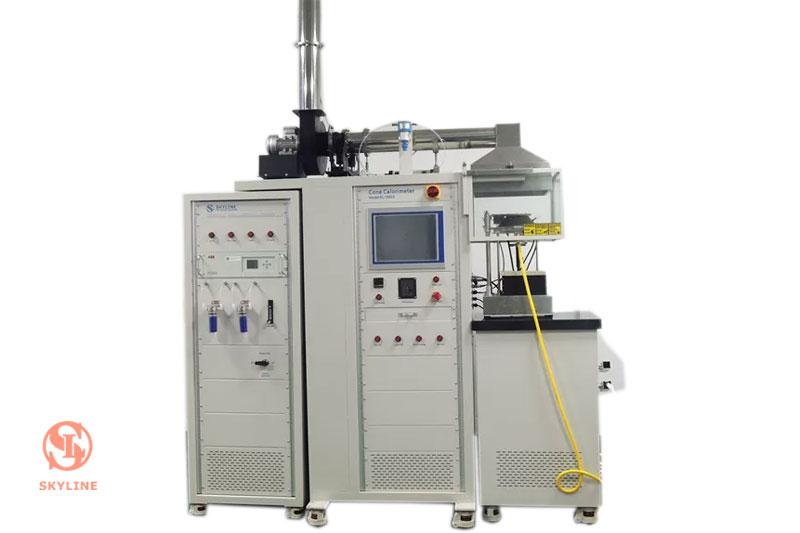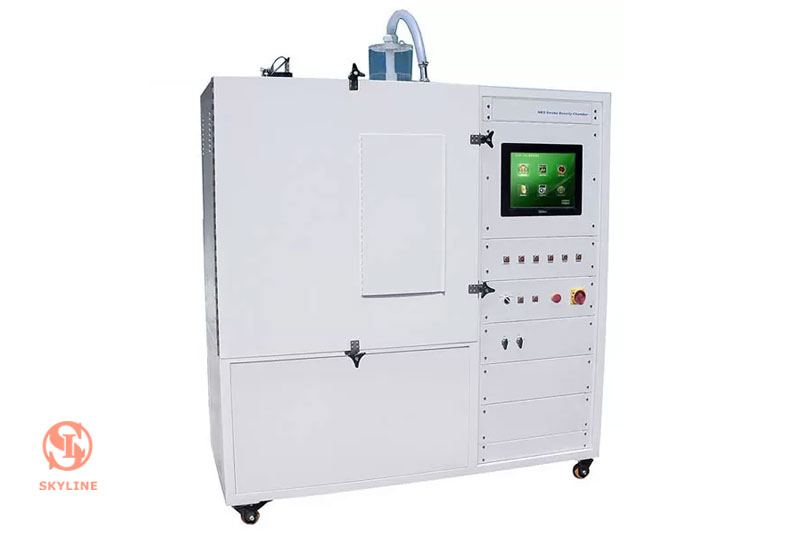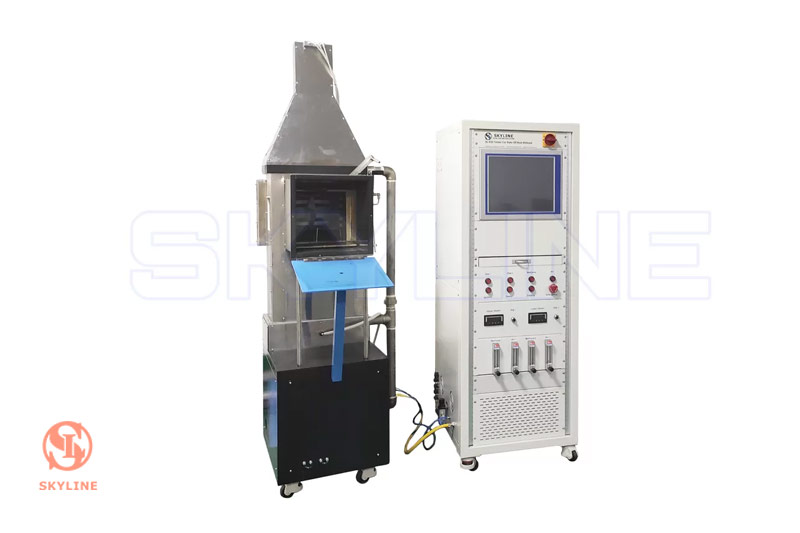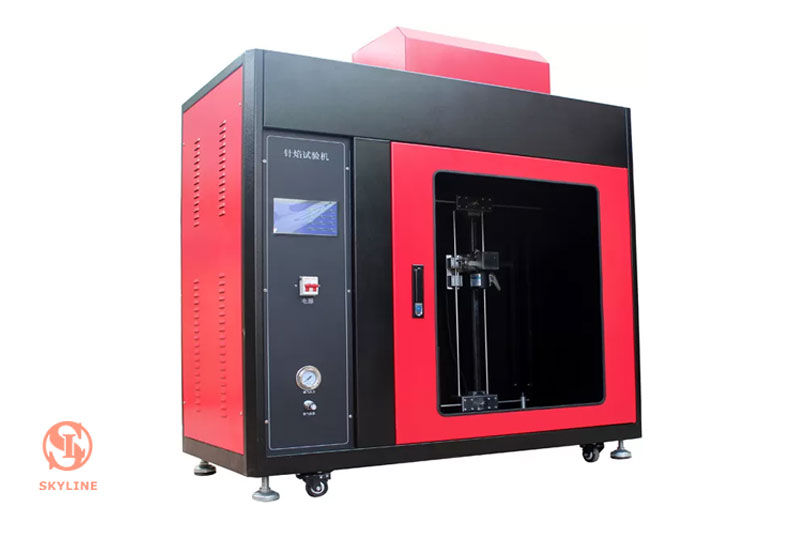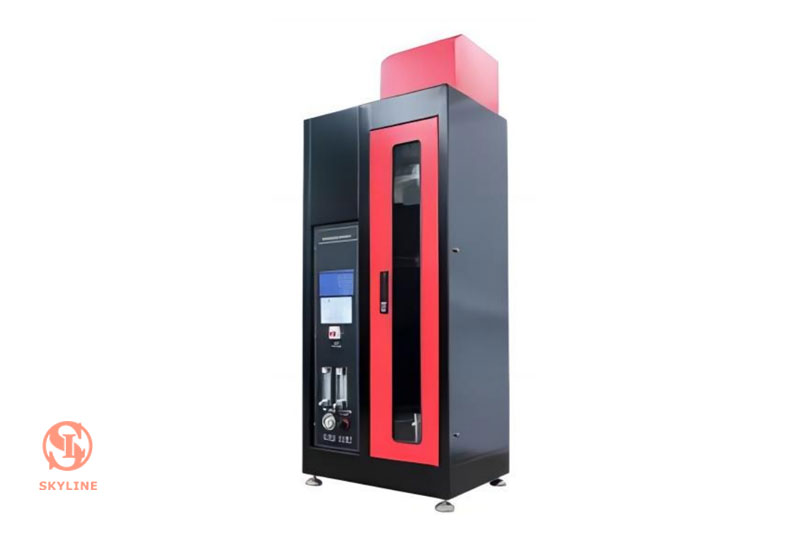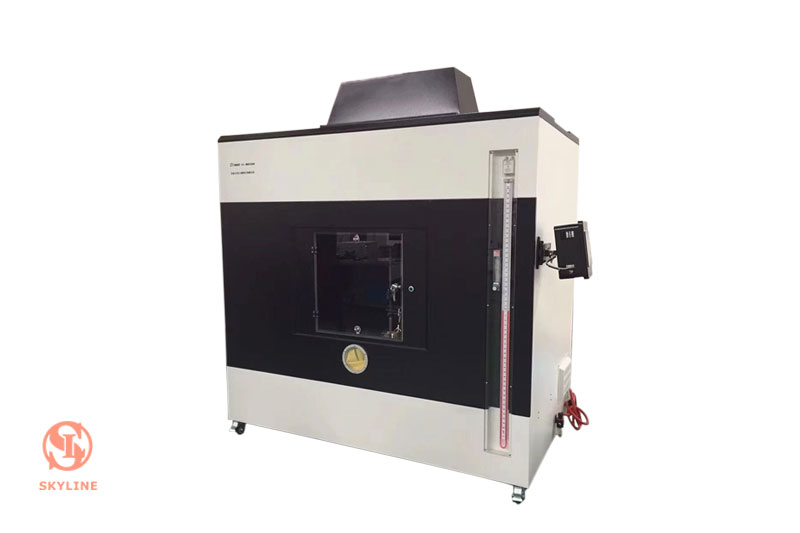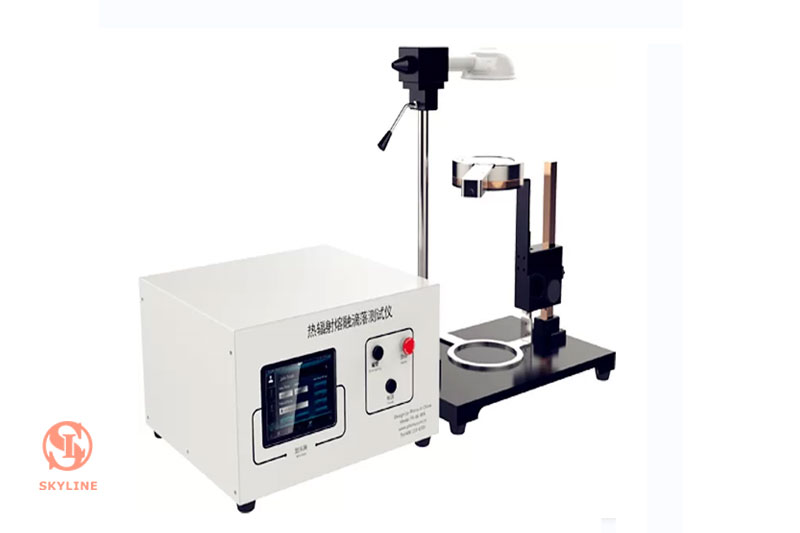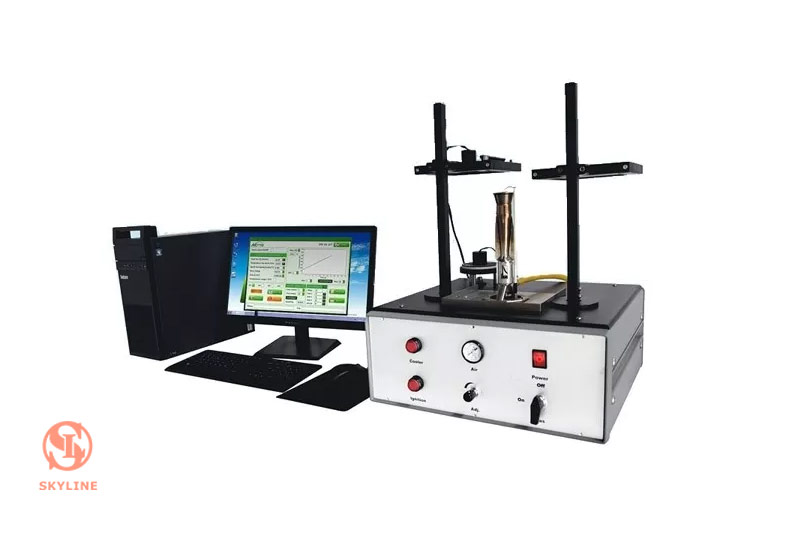How to measure the smoke density of the materials
Time: Author: SKYLINE Editor
The NBS Smoke Density Chamber works by exposing a sample of the material to a controlled flame source and measuring the amount of smoke generated by the material as it burns. The test is conducted under specific conditions, including temperature, humidity, and airflow, to ensure consistent and accurate results.
The ISO 5659-2 standard specifies the test method, apparatus, and procedures for determining the smoke density of materials. The test involves burning a small sample of the material in the NBS Smoke Density Chamber and measuring the amount of light transmitted through the smoke generated by the material. The smoke density is then calculated based on the amount of light transmission.
The NBS Smoke Density Chamber is widely used in the manufacturing and construction industries to ensure that materials meet safety and quality standards. It is particularly important for materials used in confined spaces, such as tunnels, aircraft cabins, and public transportation vehicles. In these environments, smoke can quickly fill the space, making it difficult or impossible for occupants to escape in the event of a fire.
By measuring the smoke density of materials, the NBS Smoke Density Chamber helps manufacturers and builders select materials that are less likely to produce large amounts of smoke in the event of a fire. This can help to prevent injury and loss of life and property damage.
In addition to the ISO 5659-2 standard, the NBS Smoke Density Chamber can also be used to measure smoke density according to other international standards, such as ASTM E662, ASTM D2843, and NES 711.
Overall, the NBS Smoke Density Chamber is an essential instrument for ensuring the safety and quality of materials used in construction and manufacturing. Its accurate measurements and consistent results make it an indispensable tool for engineers, architects, and manufacturers around the world.

